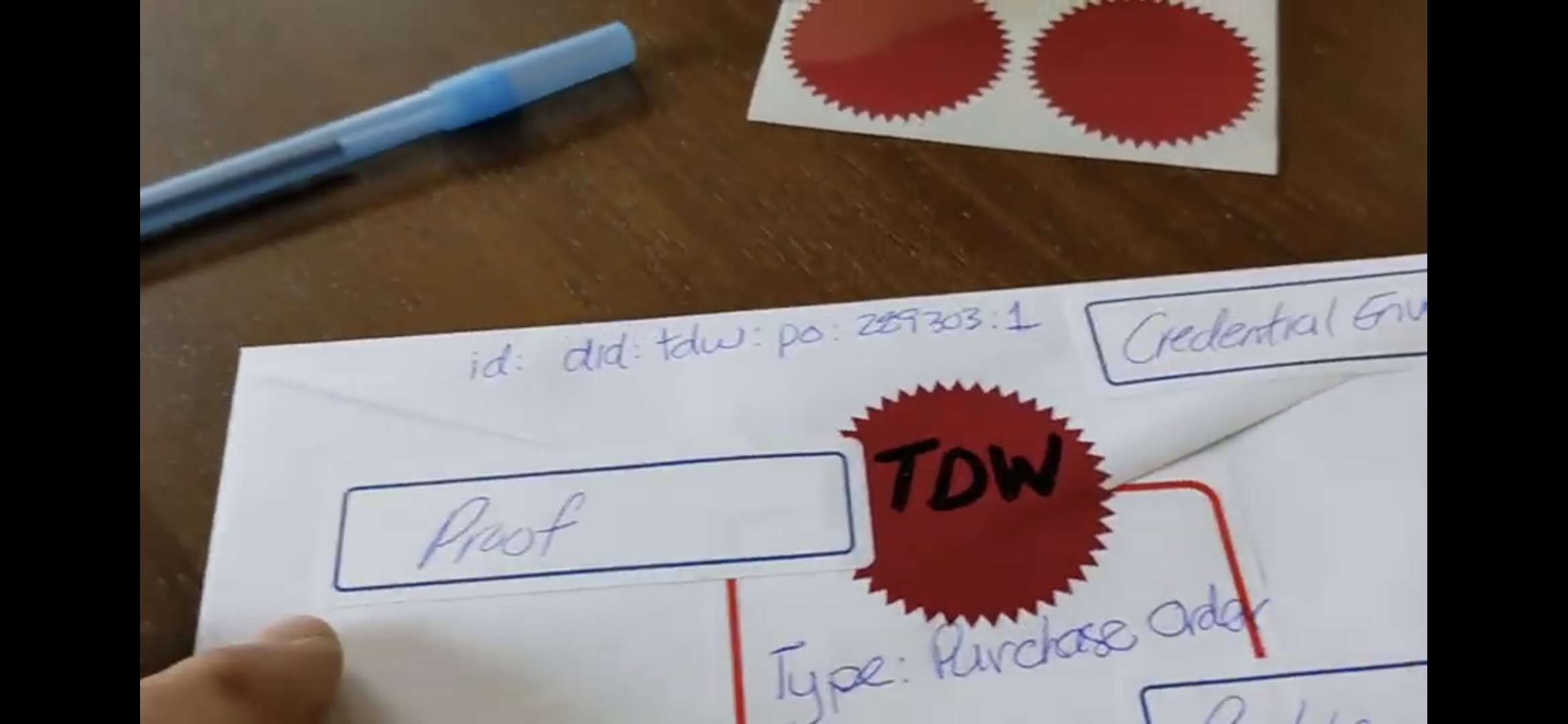- From: Michael Herman (Trusted Digital Web) <mwherman@parallelspace.net>
- Date: Sat, 18 Dec 2021 01:46:17 +0000
- To: "dzagidulin@gmail.com" <dzagidulin@gmail.com>, W3C Credentials CG <public-credentials@w3.org>
- Message-ID: <MWHPR1301MB20946BEC1185E7B48EB99345C3799@MWHPR1301MB2094.namprd13.prod.outlook.>
Here's an example of an application-level DID method/object name space... this is an (abstract) example of a purchase VC/application object identified by the DID: did:tdw:po:289303:1 [Image] Get Outlook for Android<https://aka.ms/AAb9ysg> ________________________________ From: Michael Herman (Trusted Digital Web) <mwherman@parallelspace.net> Sent: Friday, December 17, 2021 6:30:36 PM To: dzagidulin@gmail.com <dzagidulin@gmail.com>; W3C Credentials CG <public-credentials@w3.org> Subject: Re: DID Formal Objection Status Update (Dec 2021) On the Trusted Digital Web they are. Please explain your rationale Dmitri. Get Outlook for Android<https://aka.ms/AAb9ysg> ________________________________ From: Dmitri Zagidulin <dzagidulin@gmail.com> Sent: Friday, December 17, 2021, 10:23 a.m. To: W3C Credentials CG Subject: Re: DID Formal Objection Status Update (Dec 2021) And just to be clear, /none/ of those items that you mention have anything to do with DID methods. DID method identifiers are not namespaces for any of those things. On Fri, Dec 17, 2021 at 8:10 AM Michael Herman (Trusted Digital Web) <mwherman@parallelspace.net<mailto:mwherman@parallelspace.net>> wrote: There is a bit of an multi-organization-specific complication here: - how are ABC Grocery's purchase orders (identified by a simple integer PO number) to be differentiated from David's Cabbages purchase orders (also identified by a simple integer PO order number from a potentially overlapping range of PO numbers)? In the real world, we need to work with overlapping sets of basic identifiers that are only unique within a specific realm, for example... - purchase order and invoice numbers from multiple organizations, - waybill numbers may already have an industry solution, - part numbers from different manufacturers, - objects and collections of objects identified by a GraphQL or OData query sourced from different realms or collection of realms based on the same underlying query string - in-house enterprise application developers, DBAs, and data modelers creating object name spaces for every object in their enterprise architecture ... similar/same challenges Implementors currently have selecting name spaces for their C#, Java, etc. application components. - etc. etc. etc. Apologies if I've ruined your "morning"... 😉🙂, Michael Herman
Attachments
- image/png attachment: Screenshot_20211217-183951.png

Received on Saturday, 18 December 2021 01:46:49 UTC